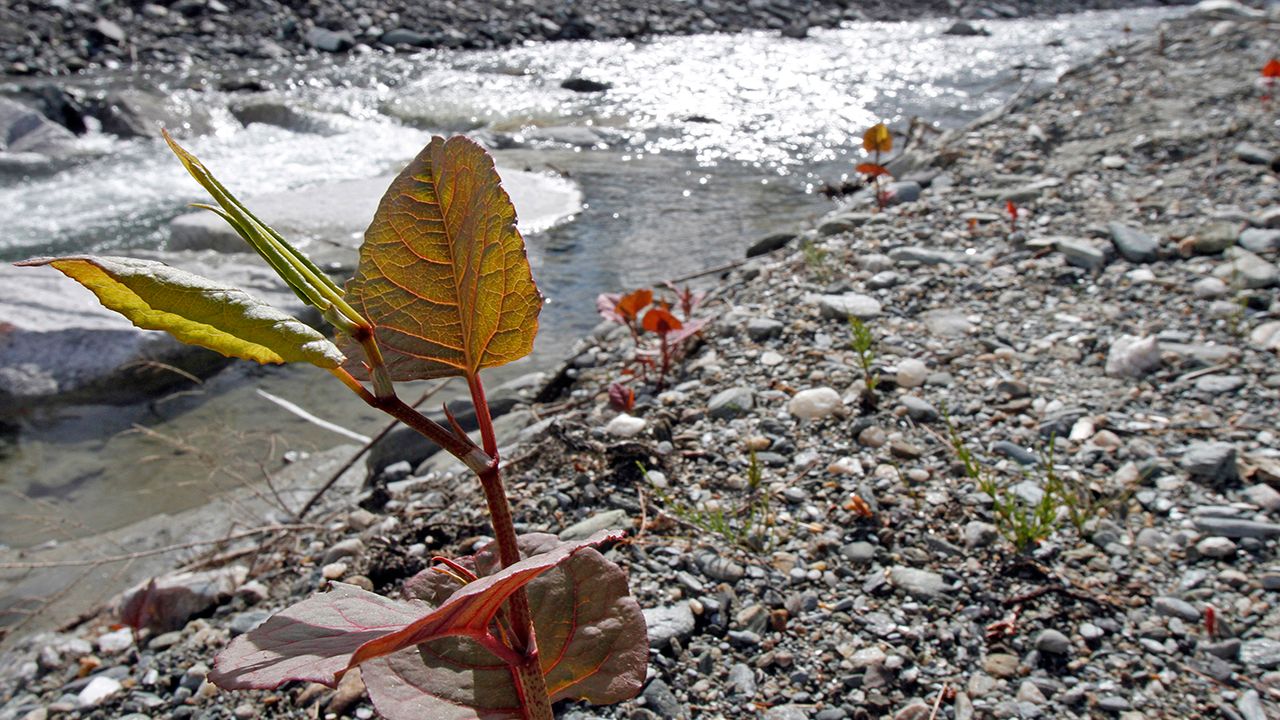It’s hard not to pick pretty plants and flowers while taking a hike or a walk, but you should leave some alone because they don't belong there.
The U.S. Forest Service defines an invasive plant as:
- Plants that are non-native to the ecosystem under consideration.
- Plants whose introduction causes or is likely to cause economic and environmental harm or harm to human health.
They find their way into our native habitats by people, birds and wind spreading them.
The main reason invasive plants are bad is that they compete with native species for growth and often win, leading to the decline of native species.
In fact, the U.S. Forest service says invasive plants “have led to the decline of 42% of U.S. endangered and threatened species.”
Many invasive plants have shallow roots, which can increase soil erosion. Run-off from the increased soil erosion can also lead to poor water quality.
Agriculture can also feel the effect of invasive plants, as invasive plants can become toxic to crops, limit land for crops to grow and reduce food options for livestock.
Tap or hover over your state below to see some of the top invasive plants in your area.
Some of the worst invasive plants include:
- Japanese Honeysuckle: Kills off native plants by taking all the light, space and nutrients.
- Japanese Knotweed: Spreads quickly and crowds native plants.
- Common Buckthorn: Crowds native plants and can change the soil's pH levels.
- Kudzu: Spreads quickly and can cover any objects in its path.
- Purple Loosestrife: Can damage wetlands.
Scroll through the slides below to see what each of these plants looks like.
Do not pick or move any invasive plant species. You could spread them further, so it's best to learn what’s invasive in your area to prevent this.
If you’re going on a hike or doing other outdoor activities, such as fishing, clean your equipment after you’re done. You could track invasive plants on your boots or other gear.
When gardening, pick plants that are native to your area.
Last, if you spot invasive plants, try to report them to your state if you can.
Our team of meteorologists dives deep into the science of weather and breaks down timely weather data and information. To view more weather and climate stories, check out our weather blogs section.
Shelly Lindblade - Weather Producer
Shelly Lindblade is a weather producer for Spectrum News. She graduated from Florida State University with a Bachelor's of Science in Meteorology and started her career in front of the camera as a broadcast meteorologist. After 4 years of TV broadcasting, she now loves updating the public on the latest weather news from behind the scenes.









